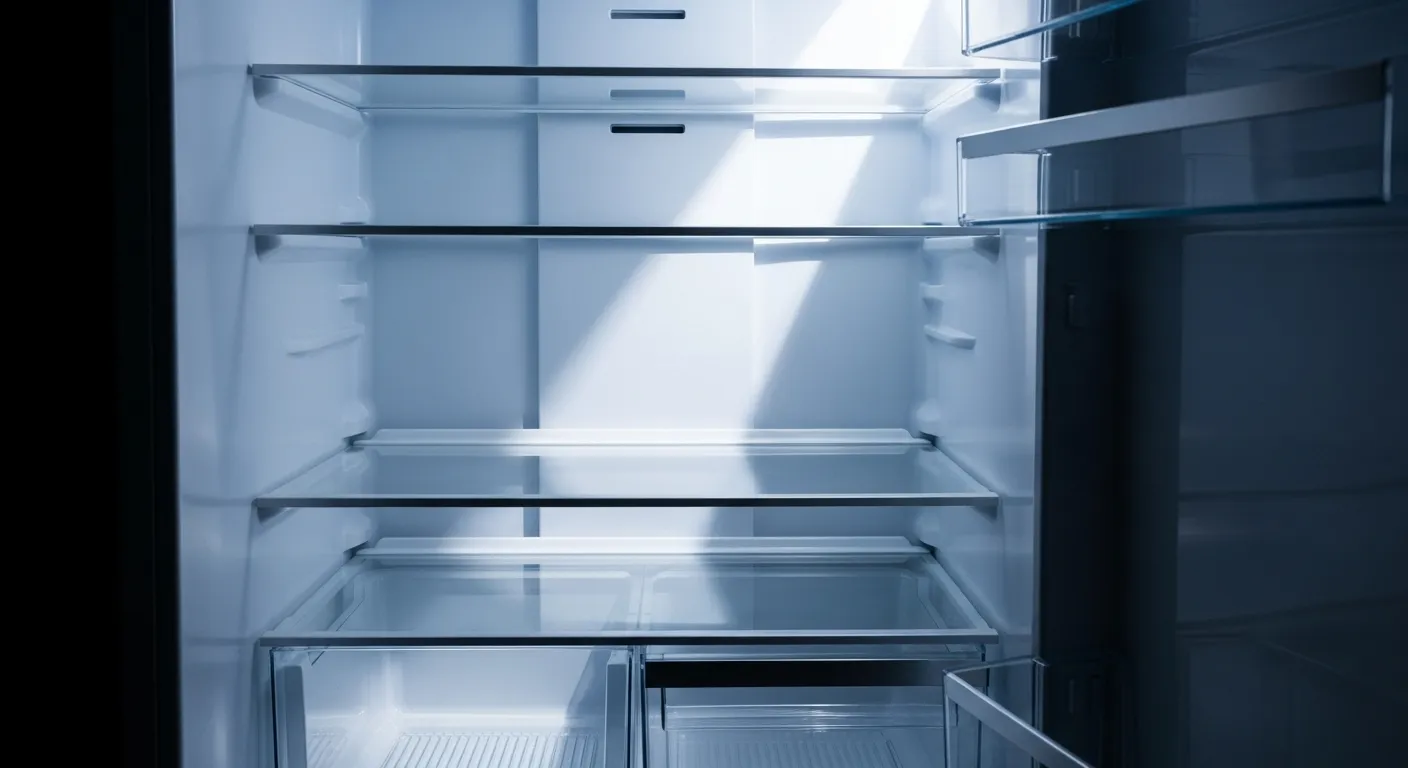
7. Smart Refrigerator Organization
With a sparkling clean and empty refrigerator, you have a blank canvas. Thoughtful refrigerator organization not only looks great but also improves food safety and efficiency. The key is to create zones for different types of food based on the temperature variations inside the appliance.
Know Your Zones
Not all parts of your refrigerator are the same temperature. The door is the warmest part due to frequent opening, while the back is typically the coldest.
The Door: This is the warmest area. Reserve it for items that are least perishable and have natural preservatives. This is the perfect spot for condiments, jams, and pickles. Avoid storing milk or eggs here.
Upper Shelves: These have the most consistent temperatures. This is a great place for leftovers, drinks, yogurt, and other ready-to-eat foods that don’t need to be cooked.
Lower Shelves: This is the coldest part of the main compartment. Store your milk, eggs, and dairy products here. Most importantly, this is the designated spot for raw meat, poultry, and fish. Always store raw meat on the lowest shelf, in a sealed container or on a plate, to prevent its juices from dripping down and contaminating other foods. This is a critical step in preventing cross-contamination.
Crisper Drawers: These drawers are designed to maintain a specific humidity level to keep produce fresh. Many have adjustable sliders. A good rule of thumb is to set one drawer to high humidity for leafy greens, broccoli, and carrots (which wilt easily), and the other to low humidity for fruits like apples, pears, and grapes (which release ethylene gas and can cause other produce to ripen too quickly).
Organization Best Practices
Use Clear Containers: Store leftovers and prepped ingredients in clear, stackable containers. Seeing what you have reduces the chance of food being forgotten at the back.
Label Everything: As mentioned earlier, labeling leftovers with the date is a game-changer. Do the same for any food you transfer from its original packaging.
First In, First Out (FIFO): When you buy new groceries, move the older items to the front of the shelf and place the new items in the back. This ensures you use up food before it expires.
Don’t Overcrowd: Cold air needs to circulate to keep food properly chilled. A refrigerator that is packed too tightly will have warm spots, which can lead to spoilage. Try to leave some space between items.

















